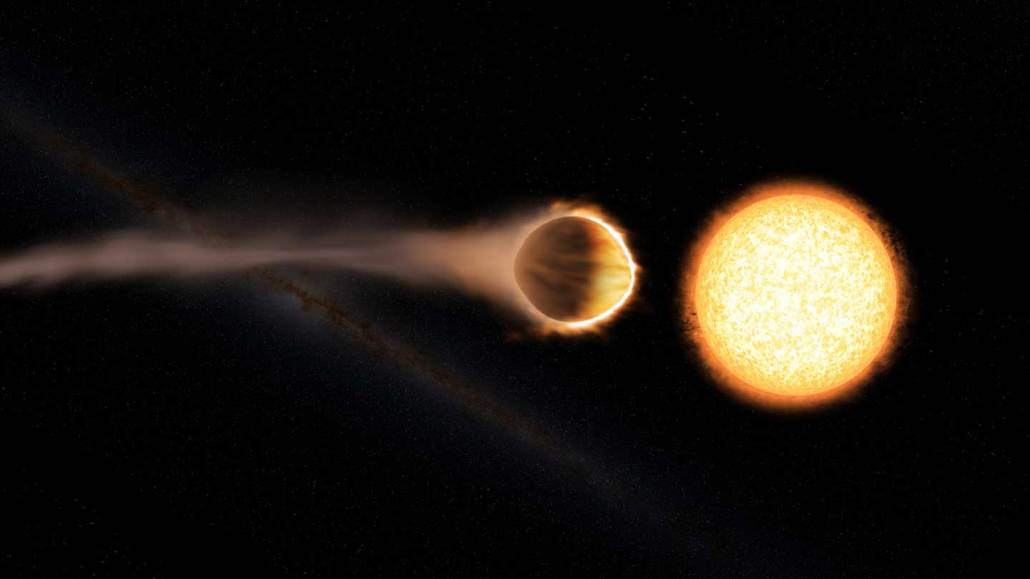
Like the giant planet illustrated here, the planet Kepler 1658b is on a slow death spiral into its sun.
Engine House VFX, At-Bristol Science Centre, University of Exeter

Like the giant planet illustrated here, the planet Kepler 1658b is on a slow death spiral into its sun.
Engine House VFX, At-Bristol Science Centre, University of Exeter